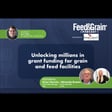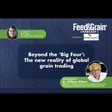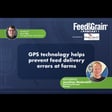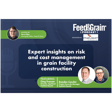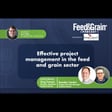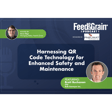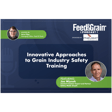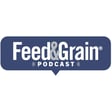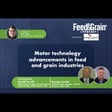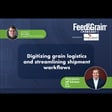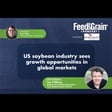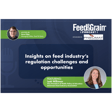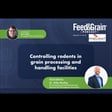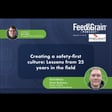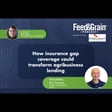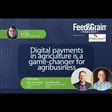Become a Creator today!Start creating today - Share your story with the world!
Start for free
00:00:00
00:00:01

The potential of Plenish High Oleic soybeans in dairy feed
In this episode of the Feed & Grain Podcast, Steven Kilger, managing editor of Feed & Grain, delves into the revolutionary world of Plenish High Oleic soybeans and their game-changing effects on the dairy industry. Joined by Dr. Adam Krull, senior nutritionist at Pioneer.
Dr. Krull sheds light on the origins of Plenish High Oleic soybeans, initially designed for the food industry, and how their unique fatty acid profile sparked new possibilities in dairy feed. The podcast unfolds the journey of these soybeans, from their discovery to the recent research that reveals increased profitability for farmers.
